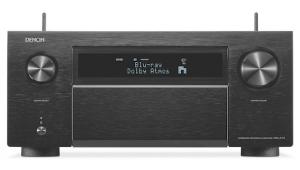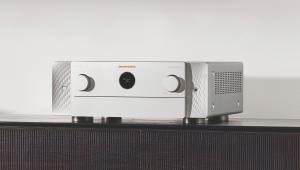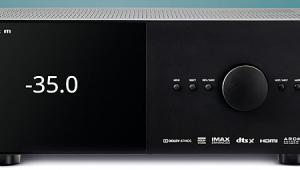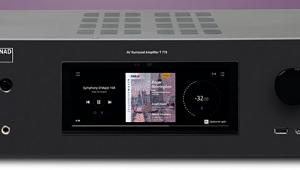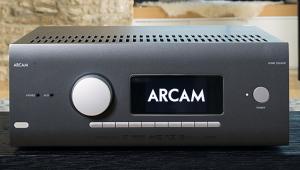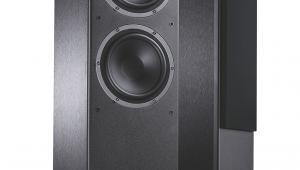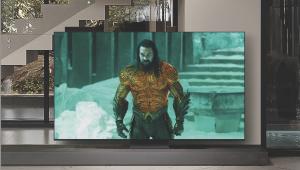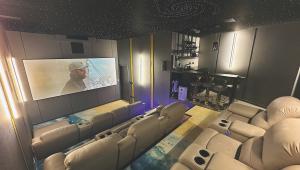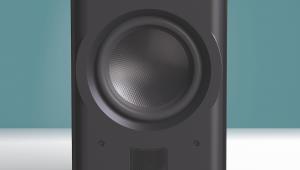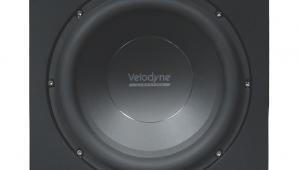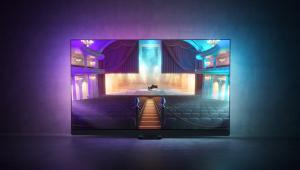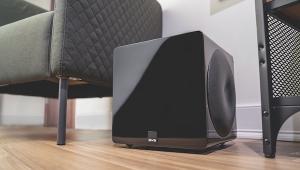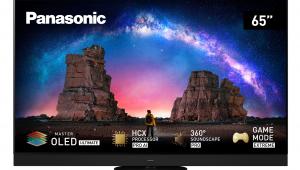Yamaha RX-A6A AV Receiver Review

 Mark Craven samples the expansive sound – and specification – of an upper-tier nine-channel AV receiver
Mark Craven samples the expansive sound – and specification – of an upper-tier nine-channel AV receiver
As part of Yamaha's flagship Aventage receiver lineup, the RX-A6A promises to put everything the storied audio brand knows about movie sound into one, feature-packed box. Priced £2,000, this is a big brooding beast of an AVR, and it has the performance to match – film and music playback is never less than enthralling. Ask me where it comes up short, and I'd have to give a shrug.
Okay, I could discuss how this model is only a nine-channel design, thus leaving those with 7.x.4 speaker setups in need of an additional power amplifier (the receiver has 11-channel processing/pre-outs). Or I could posit that the LCD display could offer more detail. But really, it would seem churlish to not give the RX-A6A the full praise it deserves.
Despite the price tag comfortably putting this Yamaha in the upper echelons of AV receivers, it isn't actually the Japanese brand's top model – selling for £2,899 is the RX-A8A. This is the 11-channel option that owners of 'full-fat' Atmos systems will be attracted too, although the price difference is such that there's more to it than just a couple of additional amp channels – upgrades include signal path/construction niceties and DAC stage. Below the RX-A6A are RX-A4A (£1,229) and RX-A2A (£899, see HCC #324) models, both with seven-channel outputs.
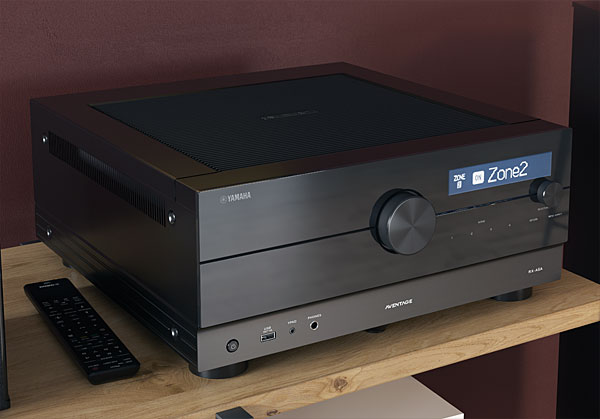
So we're near the top of the Yamaha tree and the RX-A6A has the build quality to prove it. It's impressively weighty at 20.3kg and built like the proverbial battleship. As is usual for the range, it features not four but five feet, the central one described as an Anti Resonance Technology (A.R.T.) wedge. This is claimed to dampen 'vibrations from the power transformer, power transistors and heat sinks', and its position has been changed this time around for improved resonance control. An H-frame chassis inside provides extra structural rigidity, as does the amp's multi-part metal top-cover, while amp modules and transformer have been isolated internally from the audio circuitry. Even the printed circuit board has been given a multi-layer makeover since the previous RX-A80 range.
That's Not A Volume Control, This Is...
Elsewhere in this issue I have a bit of a grumble about current AV receiver design, but Yamaha does deserve to be cut some slack. I like the in-yer-face positioning of this receiver's central volume control, and the two-tone design that mixes smart gloss black for the upper two thirds with brushed metal for the bottom-slung input/output strip. However, like my colleague Steve Withers, who auditioned the RX-A2A, I'm not a massive fan of the information display, top left of the fascia (okay, I did bring it up). This looks nice, with large chunky fonts, but doesn't really tell you much about the amp's operational status.
Yamaha's refreshed receiver range began with the launch of the RX-A2A and V Series models in 2020, but came up against well-publicised issues (afflicting other brands too) surrounding new HDMI 2.1 chips and their compatibility with next-gen, 4K/120-capable consoles. For those models, this has been fixed by a physical HDMI board replacement. For the higher-spec RX-A4A, RX-A6A and RX-A8A, delays to production (likely pandemic related) meant out-of-the box compatibility could be offered.
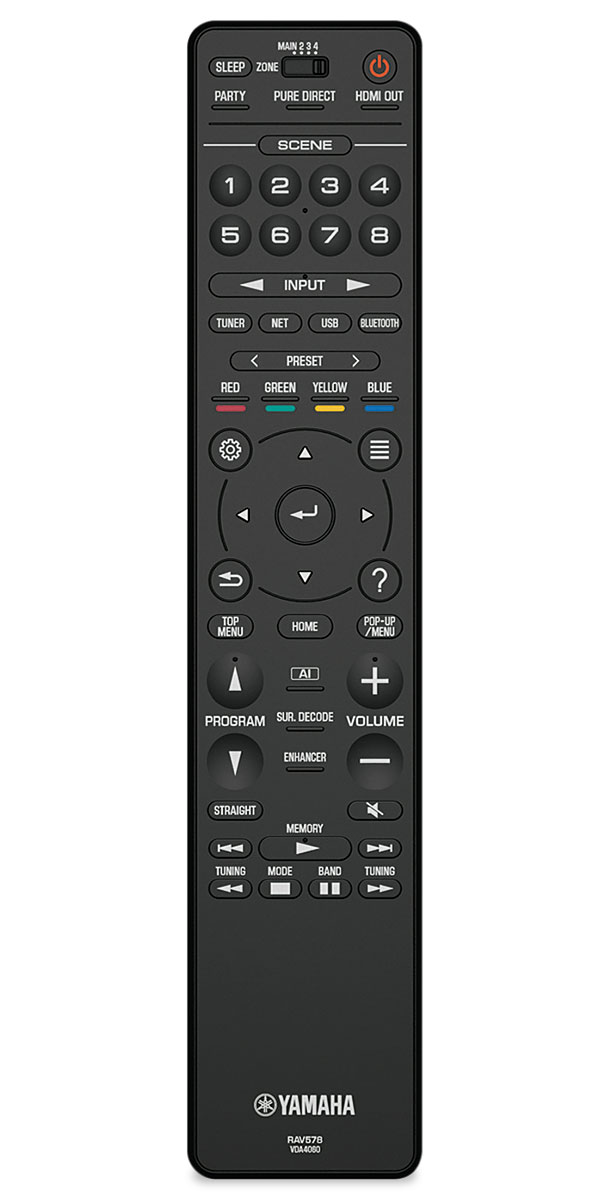
So the HDMI specification of this receiver looks state-of- the art. There are seven inputs and all are able to passthrough 4K/120, 8K/60 and HDR10+ video (as well as Dolby Vision HDR, natch). There are then three HDMI outputs – two for the main zone (one with eARC) and one for Zone 2.
This HDMI situation isn't exactly a gamers' paradise, as VRR and ALLM features are still waiting to be unlocked via a firmware update. Yamaha tells me this should arrive soon, though.
The Ins And Outs Of It
Connections on the front panel are USB, full-size headphone, and an input for a supplied microphone for Yamaha's YPAO auto calibration routine. Around the back you'll find much more, including the aforementioned HDMIs; coaxial (x2) and optical (x3) digital audio ins; DAB/FM aerial input; and more stereo analogue connections than is surely necessary (one of these is MM phono, for a turntable). Then there are the speaker terminals (11 in total), RCA pre-out connections, and, in a nice addition, stereo balanced XLR in/out. Labelling for all is clear, and the terminals are well-spaced, making lacing up source gear and speakers simple.
Operation, via Yamaha's backlit remote, took me a while to get used to. The zapper has a textured back, which feels a bit odd, and controls are a mix of recessed and raised keys. Again, everything is clearly labelled, but some buttons (AI, for example) are rather diddy.
 |
Home Cinema Choice #351 is on sale now, featuring: Samsung S95D flagship OLED TV; Ascendo loudspeakers; Pioneer VSA-LX805 AV receiver; UST projector roundup; 2024’s summer movies; Conan 4K; and more
|







